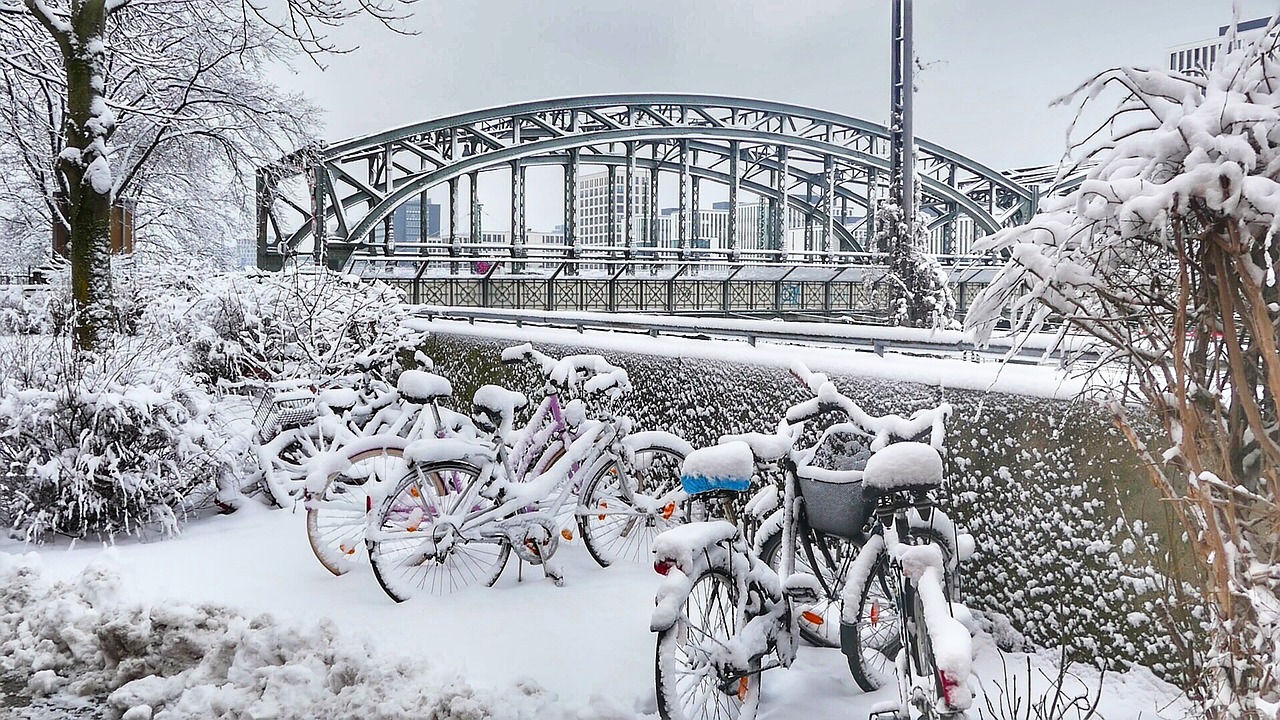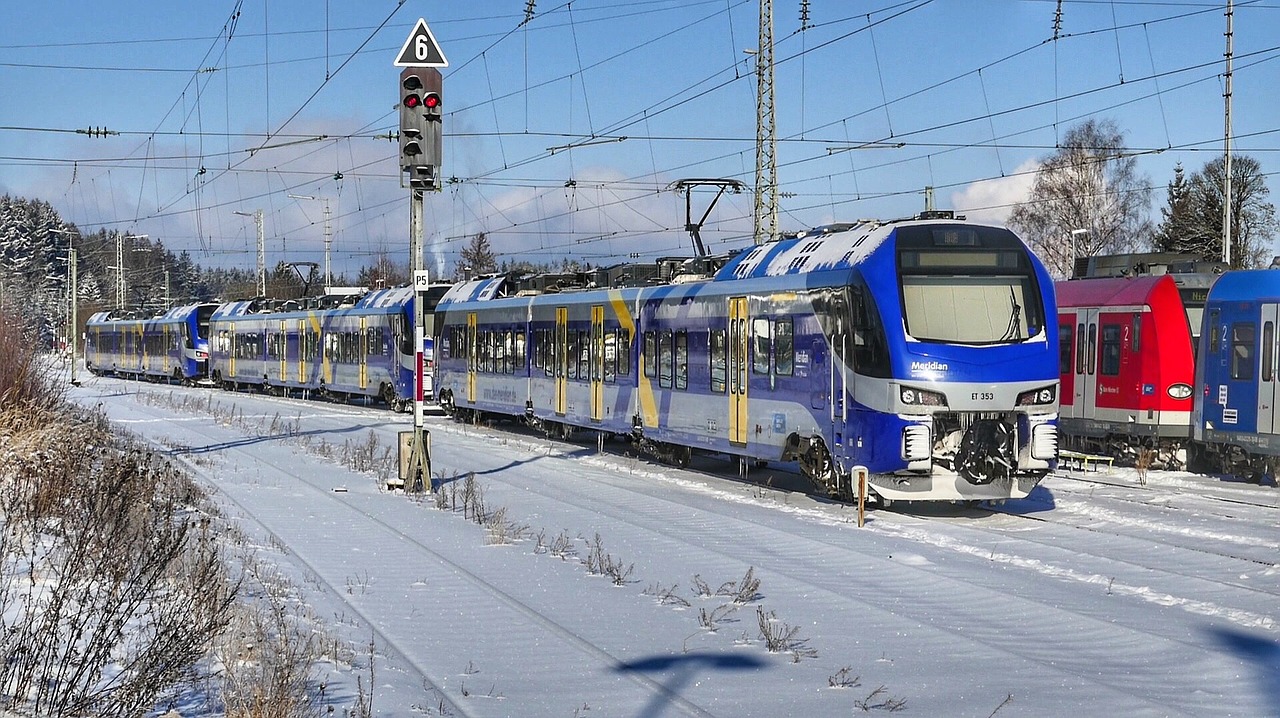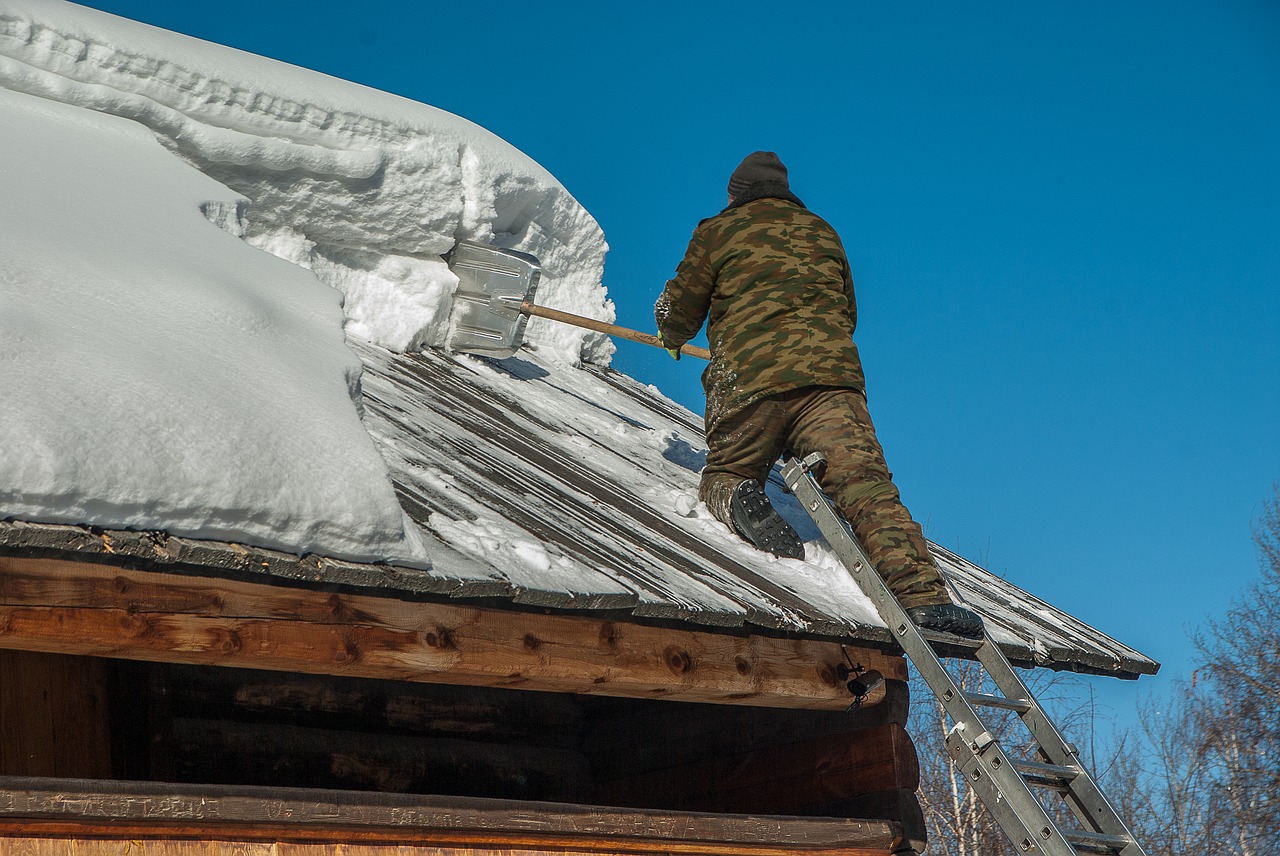The Snowstorm Checklist: How to Stay Prepared
When the temperature drops and the winter months arrive, there comes a fervor in the air. After all, some of the best times of the year all land during the cold season. Thanksgiving, Christmas, New Year’s, and more bring together friends and families, holiday cheer, good food, and presents. With this fervor, however, comes a sense of trepidation. The winter doesn’t just bring the holidays, it also brings snow.
According to the Red Cross, hundreds of Americans are injured or killed by winter storms and snowy conditions each year. If you live in a snow-prone area, I don’t have to walk you through the dangers a snowstorm can cause. The effects of a harsh blizzard can knock out power lines, destroy property, spark fires, freeze pipes, and more. Not to mention that snow creates hazardous driving conditions that can incur vehicle accidents and down trees.
If you’ve been paying attention to the news lately, you might have heard how the East coast of America has been hammered by concurrent snowstorms for the past few months. Where I live in New York, for example, I got more than three feet of snow in a single month. With more snow on the horizon, I know that I’ll have to take some precautions to keep my house and be safe.

Before the Stop: Advanced Preparation
Below, we’ll go over some steps you can take to prepare in advance of snowstorms. To make sure you are 100% ready for however much snow will come, you should make these preparations a few weeks before the snow is expected to start.
Assemble an Emergency Preparedness Kit
Emergency kits come in handy in numerous situations and are usually the first item on any list the government advises to me in advance of a dangerous storm or natural disaster. This is your first line of defense.
A basic emergency supply kit could include the following recommended items:
- A 3-day supply of non-perishable food with a can opener.
- Water: 1 gallon per person per day for at least three days.
- Flashlight with extra batteries.
- Signal Whistle.
- First aid kit.
- Battery-powered or hand crank radio.
- Tools to turn off utilities.
- Cell phone with backup batteries and chargers.
Create a Family Communication Plan
Perhaps the biggest worry that might cross your mind during a storm is if your family members are safe. Your family might not be together when a natural disaster strikes, so make a plan today to stay prepared.
Discuss with your family these four key questions:
- How will I receive emergency alerts and warnings?
- What is my shelter plan?
- What is my evacuation route?
- What is my family/household communication plan?

During the Storm: Staying Safe
Traveling in a blizzard can be dangerous or nearly impossible. Heavy snow can close down roads and bridges, cause vehicle accidents, and leave some streets or neighborhoods entrenched in the snow without access to the outside world. While starkly beautiful, getting snowed in can be quite problematic.
Make it your priority to stay inside during when a storm hits. Whether you’re at work or at home, staying indoors is the safest choice to make to avoid an accident or dangerous conditions.
If you must drive, do so during the daytime and with a buddy. Keep others informed of your route and schedule and be in contact with them if you run into any problems or reach your destination. In urban and suburban areas, main roads are prioritized first to be plowed and salted. Stick to these streets instead of the backroads.
Obviously, it’s important to stay warm and keep dry while outside in a snowstorm. Wet clothing loses all of its insulating value and can increase your risk of hypothermia, frostbite, and other cold-related illnesses. Bundle up with multiple layers to reduce heat loss. Toss on a hat and scarf and swap those gloves for warmer wool mittens.

After the Storm: It’s Almost Over
When the snow stops falling, the real work begins. If you own your property, you’re likely responsible for clearing out a path to leave the house and get your car on the road again. While shoveling snow, be careful to avoid overexertion. Heart attacks are a major cause of death in the winter, so take breaks if you need it. Push the snow instead of lifting when possible.
The local news can be your most useful asset during and after a snowstorm. Continue listening to the local news for updated information and instructions about weather conditions. Some parts of your community may have limited access or blocked roads.
In the event where your home loses power or heat for more than a few hours and you lack the supplies to stay warm overnight, check with your town where the designated public shelter is located. To find the nearest shelter, you can text SHELTER + your ZIP code to 43362.










